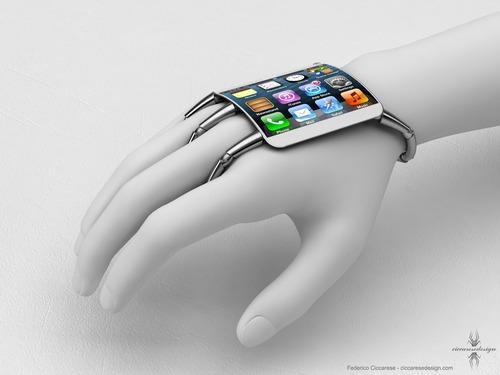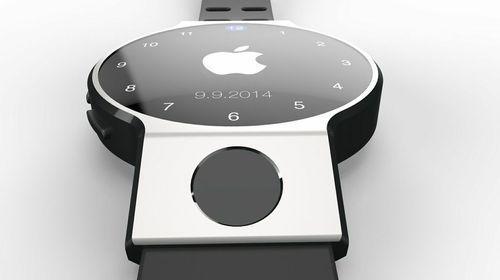Meet the People Who Create Fake Apple Product Designs
Apple is a famously secretive company — and no doubt that’s one reason that breathless rumors about what it’s working on have become a genre unto themselves.
One overlooked byproduct of this rumor mill is the ever-growing collection of computer-generated renderings of Apple creations that don’t yet exist — and often never will.
These depictions range from best-guess approximations based on alleged leaks to completely speculative flights of fancy. As dazzling and convincing as some of the images are, they are nothing more than visual rumors, stoking the fire of Apple speculation.
So who makes these images? And more to the point: Why?
It turns out there are quite a few visualizers of imagined Apple gear out there, all over the world, and of course their answers vary.
All those that I contacted cited some variation of creative expression. But some have also figured out that these entertaining conjectures can serve as an effective source of publicity — and even revenue.
“Impossible projects”By day, Federico Ciccarese works as a boat designer for a company near Milan. “At night,” he told me via email, “begins my life as a researcher and developer of impossible projects.” Lately, that’s even led him to work in earnest on making one of these “impossible” projects real.
But that journey has wound through a number of striking Apple-based speculations. Like many others, he and collaborators dreamed up a vision of Apple’s forever-rumored watch, and he figures that may be his most popular virtual creation to date.
Previous imaginings include iSiri, which transports Apple’s voice-command software into a standalone wearable device that syncs to a phone via Bluetooth. And I’m personally fond of his earlier, wildly unlikely suggested version of the iPhone 5, below. (Ciccarese took that as a compliment — but noted that many others found it “creepy.”)

Ciccarese’s primary motivation for these time-consuming projects was always to “express myself and realize my thoughts,” he said.
But over time it has led to a few commissions from tech-related companies and impressed publications. And in March he launched a new project that began with visualizations but that he is now seeking investors to make a reality: Youbionic would be a robotic artificial hand. The project, he said, has “introduced me to people who might be in need of what I’m designing” — for real.
“Pure marketing”It’s easy enough to understand how a designer like Ciccarese got into Apple conjecture. But why would a fledgling online retailer start offering up visions of i-products?
“Pure marketing,” Jon Fawcett told me via phone from his Ohio office. Fawcett is the founder of Fuse Chicken, a seller and maker of (real) accessories for smartphones.
The company’s roots trace back to a 2012 Kickstarter project, and since then Fawcett has experimented with all sorts of publicity tactics. Deciding to offer his own take on what the latest iPhone upgrade might look like sounds like more of a lark than a strategy. But with the rendering skills and software on hand for the company’s own product designs, it wasn’t too hard to pull off.
The firm made the results available to anyone online willing to give a link back to fusechicken.com. The marketing payoff made an impression. So the renderings kept coming.
In some cases, Fawcett says, these creations take into account news reports and rumors about hotly awaited products “and figure out what we think is plausible.” But some are more imaginative — guesses as to how Apple-style design might manifest itself next. Here’s one of twoconjectures inspired by the hype leading up to Apple’s watch announcement earlier this year:

Along the way, Fuse Chicken’s renderings and related videos have gotten more elaborate and time-consuming to create — but they’re not just about business. “We’ve had so much fun doing these,” Fawcett admitted.
And how often can you say that about a publicity effort?
“A lot of effort and hours”Hypothetical Apple images and videos also make sense as a promotional strategy for an outfit like San Francisco-based creative animation company Aatma.
But Prashanth Shantharam, the firm’s chief business officer, said there’s more to it than that. Aatma has its own YouTube channel with more than 100 million total views, and many of its clips demonstrate the magic of computer-generated imagery with imagined Apple products.

Comments
Post a Comment